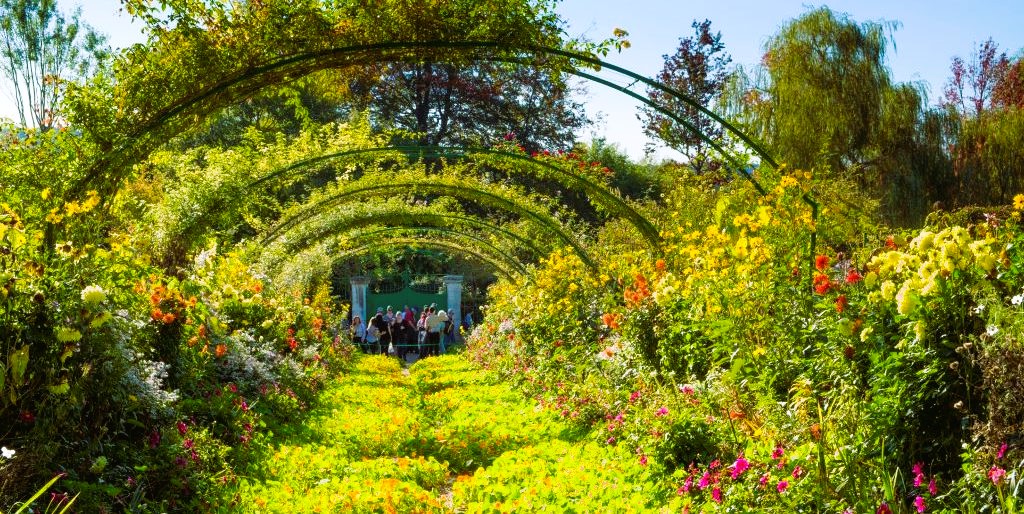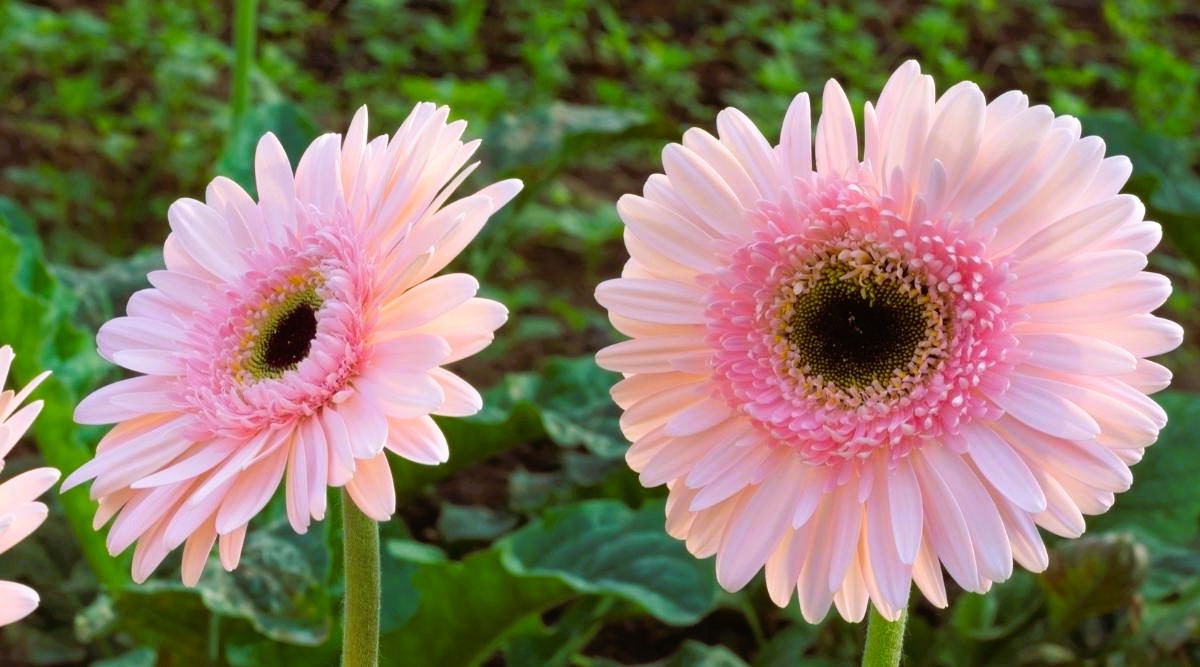If you’re looking to create a garden that stands out and captivates with its unique beauty, consider incorporating exotic plants and flowers. These unusual specimens can add a touch of mystery, intrigue, and vibrant colors to your outdoor space. In this article, we will explore the world of exotic gardening and provide insights on introducing unusual plants and flowers to create an extraordinary garden.
- Research and Familiarize Yourself: Before diving into the world of exotic plants, it’s important to conduct research and familiarize yourself with different species. Learn about their growth requirements, maintenance needs, and any specific considerations for your climate. Understand the conditions required for optimal growth, such as sunlight, temperature, and soil type. This knowledge will help you choose the right plants for your garden and provide the care they need to thrive.
- Consider Climate Compatibility: While exotic plants may be known for their unique features, it’s crucial to ensure they are suitable for your climate. Some exotic species are more adaptable and can be grown in a wide range of climates, while others are more specific and require specific conditions. Research plants that are well-suited to your region, taking into account factors like hardiness zones and average annual temperatures. This will increase the chances of success and longevity for your exotic garden.

- Start with Hardy Exotics: If you’re new to exotic gardening or have a challenging climate, it’s recommended to begin with hardy exotic plants. These are varieties that are more tolerant of different conditions and can withstand a wider range of temperatures. Examples include hardy palms, agaves, or yuccas, which can add a tropical or desert feel to your garden. As you gain more experience and confidence, you can gradually expand your collection to include more delicate or specialized species.
- Create Microclimates: In some cases, your garden’s existing conditions may not be ideal for certain exotic plants. However, you can create microclimates within your garden to accommodate their needs. This involves modifying the environment to mimic the conditions preferred by specific plants. For instance, you can create a sheltered corner with windbreaks or utilize reflective surfaces to maximize sunlight. By carefully planning and designing your garden, you can provide microclimates that support the growth of more delicate or sensitive exotic plants.
- Embrace Tropical Flora: Tropical plants are synonymous with exotic gardens, thanks to their lush foliage and vibrant flowers. Consider incorporating tropical plants like bananas, cannas, or bird of paradise to bring a taste of the tropics to your garden. These plants thrive in warm, humid conditions and can create a dramatic and captivating atmosphere. In colder climates, tropical plants can be grown in containers and brought indoors during the winter months. Gardening Insights: Choosing and Planting Flowers in Your Garden.
- Explore Unique Flowering Species: Exotic flowers are often characterized by their extraordinary shapes, colors, and scents. Explore unique flowering species such as orchids, bromeliads, or hibiscus to introduce a sense of wonder and beauty to your garden. Orchids, for example, are renowned for their exquisite blooms and can be grown both indoors and outdoors. Bromeliads offer striking foliage and vibrant, long-lasting flowers, while hibiscus varieties come in an array of hues, adding a tropical flair to your garden beds or containers.

- Consider Unusual Foliage: Exotic plants are not just about flowers; many species boast stunning foliage that can make a bold statement in your garden. From large, dramatic leaves to variegated patterns and unique textures, unusual foliage plants can create visual interest and add a sense of intrigue. Examples include elephant ears (Colocasia), prayer plants (Maranta), or Japanese forest grass (Hakonechloa), each offering distinctive foliage that can become a focal point in your garden design.
- Ensure Proper Care: Exotic plants may have specific care requirements, so it’s crucial to provide the necessary attention and maintenance. This includes regular watering, appropriate fertilization, and occasional pruning or grooming. Some exotic plants may benefit from additional protection during harsh weather conditions, such as frost or strong winds. By understanding and fulfilling their needs, you can ensure the longevity and health of your exotic garden.
For more information and inspiration on exotic gardening, you can visit the following websites:
- ISCBC (Invasive Species Council of British Columbia): Link to ISCBC’s
These resources provide valuable insights, guidelines, and resources to help you explore and incorporate exotic plants and flowers into your garden. By embracing the beauty and uniqueness of exotic flora, you can create an extraordinary garden that is a true reflection of your personal style and love for nature. Enjoy the journey of transforming your garden into a captivating oasis!

